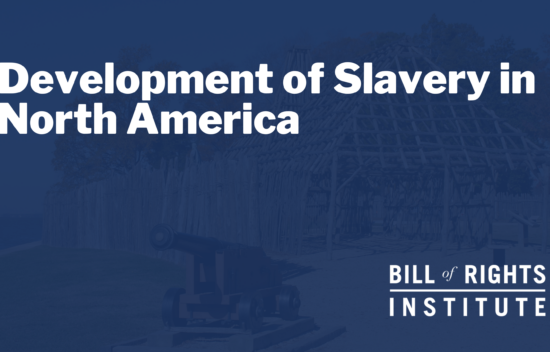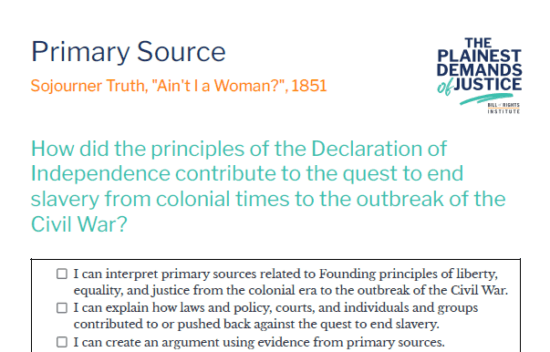



Juneteenth
17 items
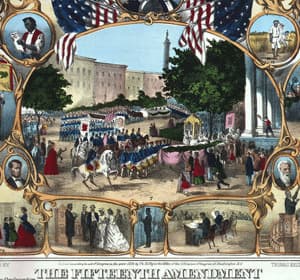
The End of Slavery and the Reconstruction Amendments
Lesson - 5 Activities
Lesson
5 Activities
60 Min
The interests of Northern and Southern states grew increasingly divergent. Eleven states eventually seceded from the Union and formed the Confederate States of America. After the Civil War, Congress required that the southern states would approve the Thirteenth, Fourteenth, and Fifteenth amendments as a condition of their re-entry into the union. The Thirteenth Amendment banned slavery throughout the United States. The Fourteenth Amendment granted citizenship to formerly enslaved people and banned states from passing laws that denied the privileges and immunities of citizens, due process, or equal protection of the law. The Fifteenth Amendment extended the right to vote to black men. The Fourteenth Amendment in particular was a dramatic departure from the Founders’ Constitution, and set the stage for dramatic increases in the size, scope, and power of the national government decades later.
60 Min

Abraham Lincoln and Emancipation
Essay - 2746 Words
Essay
2746 Words
By the end of this section, you will explain how Lincoln’s leadership during the Civil War impacted American ideals over the course of the war
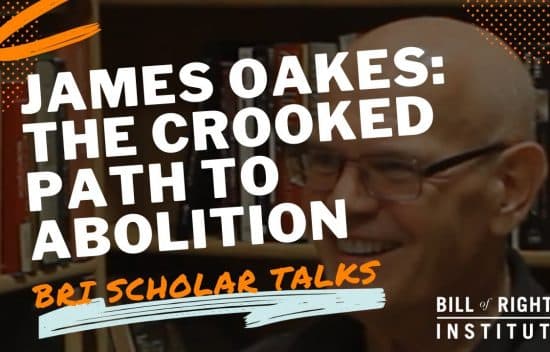
The Crooked Path to Abolition with James Oakes | BRI Scholar Talks
Video
Video
26 Min
How were the Civil War and the question of slavery related to differing interpretations of a pro-slavery or anti-slavery Constitution? In this video, two-time Lincoln Prize winner, James Oakes, and BRI Senior Teaching Fellow Tony Williams discuss his new book, “The Crooked Path to Abolition: Abraham Lincoln and the Antislavery Constitution.” Oakes explores what role the Constitution played in abolishing slavery and how the Civil War accelerated this process. Why did Lincoln view the Constitution as an anti-slavery document? In what ways were Lincoln’s opinions different from his contemporaries? In what ways were they similar?
26 Min

Reading Frederick Douglass’ Letter to Thomas Auld | A Primary Source Close Read w/ BRI
Video
Video
33 Min
Kirk Higgins is joined by David Bobb, President of the Bill of Rights Institute, to read Frederick Douglass’s 1848 letter to Thomas Auld, his former enslaver. Through the letter, they'll explore Douglass' incredible story and how he connected his horrific experiences as an enslaved man to a strong moral argument against slavery. How does Douglass define his own humanity and the natural rights of humankind?
33 Min
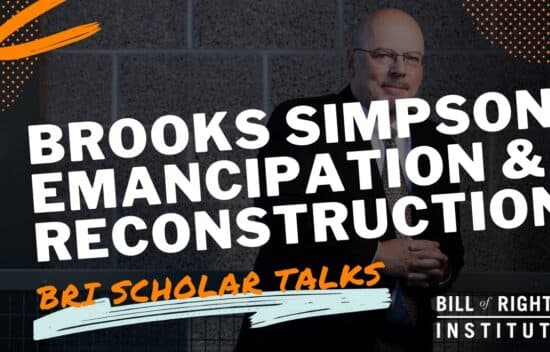
Brooks Simpson: Emancipation & Reconstruction | BRI Scholar Talks
Video
Video
35 Min
BRI Senior Teaching Fellow Tony Williams sits down with Foundation Professor of History at Arizona State University and Civil War and Reconstruction expert, Dr. Brooks Simpson, to discuss the tumultuous period of Reconstruction and how the country addressed African American rights after the Civil War. Simpson delves into the justice and injustice of the policies and laws of Abraham Lincoln, Andrew Johnson, Ulysses S. Grant, and Congress. What successes were achieved by African Americans during Reconstruction? How were African-American rights curtailed by white supremacist violence and legalized discrimination?
35 Min
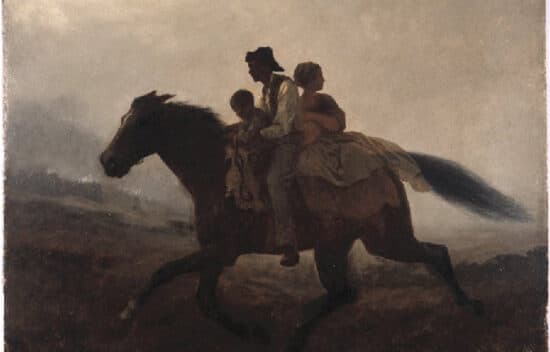
Harriet Tubman and the Underground Railroad
Essay - 1572 Words
Essay
1572 Words
Investigates Harriet Tubman's role in the fight to end slavery.
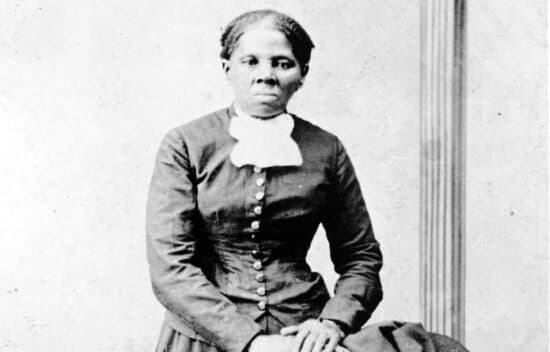
Harriet Tubman: Follow the North Star to Freedom
Lesson - 1 Activities
Lesson
1 Activities
45 Min
How did Harriet Tubman act responsibly by helping many people escape slavery?
45 Min
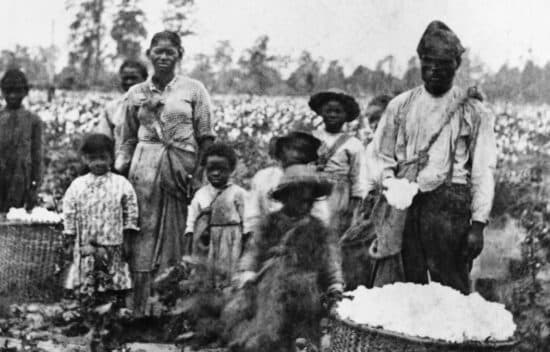
Was the Civil War Fought Over Slavery?
Activity
Activity
40 Min
The injustice of slavery drove a division in the United States during the initial decades of the nineteenth century. But to what extent was slavery the fundamental cause of sectional differences that culminated in the Civil War? Brooks D. Simpson and John C. Waugh debate this challenging topic.
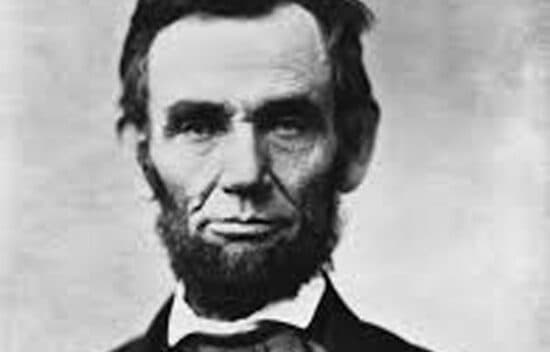
Abraham Lincoln, the Emancipation Proclamation, and Justice
Lesson - 1 Activities
Lesson
1 Activities
45 Min
In this lesson, students will learn about Abraham Lincoln’s Emancipation Proclamation. Students will specifically learn about how Lincoln’s actions conform to the idea of justice and how they can apply this idea into actions in their own lives.
45 Min
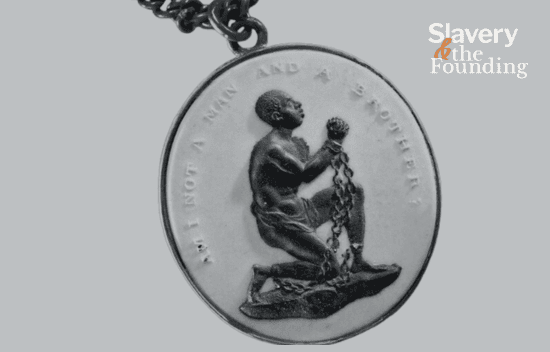
The Declaration of Independence, Natural Rights, and Slavery
Lesson - 5 Activities
Lesson
5 Activities
90 Min
What is natural rights theory and how is it at the foundation of the Declaration of Independence? How do natural rights theory and the Founding principles at the heart of the Declaration of Independence challenge slavery?
90 Min

Paths to Freedom: African Americans and the Revolutionary War
Lesson - 11 Activities
Lesson
11 Activities
90 Min
How did African Americans participate in the Revolutionary War? How did their actions reflect a desire to enjoy their natural rights?
90 Min

Post Revolutionary War Emancipation and Entrenchment
Lesson - 5 Activities
Lesson
5 Activities
90 Min
To what extent did events during and following the Revolutionary War confront the conflict between slavery and Founding principles of liberty, equality, and justice? How did the actions of individuals and groups during this time period work in concert with or against Founding ideals?
90 Min

Slavery and the United States Constitution
Lesson - 7 Activities
Lesson
7 Activities
90 Min
Was the United States Constitution a pro-slavery document or an anti-slavery document?
90 Min

The Endurance of Slavery and the American Republic
Lesson - 4 Activities
Lesson
4 Activities
90 Min
How did the endurance of slavery challenge the American republic?
90 Min

